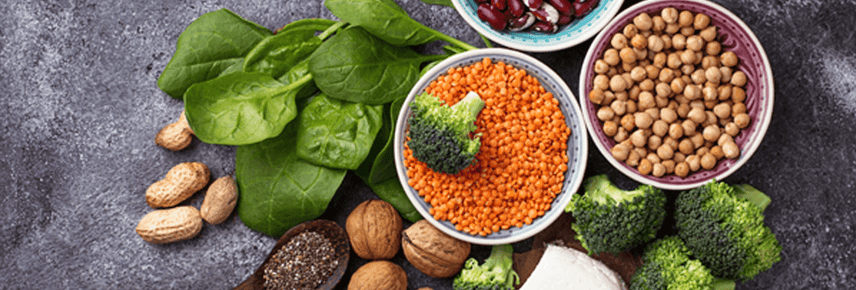
Is snacking good for you?
Whether it’s grabbing a banana between meetings or reaching for the biscuit tin at 3pm, fuelling our busy, modern lives is no longer wholly dependent on just three square meals.
Research suggests Aussies now snack four times as much as they did just 10 years ago. Some believe that it’s healthy, while others think it’s bad for your health and can make you gain weight. But is snacking really to blame for our widening waistlines, or are we just snacking wrong?
Firstly, why do you snack?
There are many reasons why you snack. Often, it’s simply due to being hungry, especially if there are big gaps between our main meals, but genuine hunger usually leads to healthier snack choices. It’s snacking in the absence of hunger that sees poorer choices - higher in fat, sugar or salt.
A lot of the time people snack even when they’re not hungry, and this can be due to external factors like location (e.g. road trips or airports), distracted eating (e.g. watching TV, playing video games) or as part of your social culture (e.g. eating at the movies or when you’re meeting a friend). You can also find yourself mindlessly nibbling due to boredom or stress.
So, is snacking bad for you?
Healthy snacking can definitely be part of a well-balanced diet. But it depends on what constitutes a snack and why you’re snacking, plus keep in mind that portion size and nutrition quality matters. Snacking can be a great way to increase your satiety levels, keep energy levels stable and provide a source of nourishing nutrients.
How can you snack right?
- Snacks to eat: Be on the look-out for snacks that contain fibre, protein and good quality carbohydrates. This magic combination helps keep you feeling fuller for longer. Think wholegrains, nuts, veggie sticks and hummus, popcorn and yoghurt.
- Amount: Consider your portion sizes - a snack is not a main meal. You want to make sure you’re eating enough before the ‘hanger’ kicks in, without getting to the point that you feel full. In general, aim for snacks that are no more than 800 kilojoules. This could be a small tub of plain unsweetened yoghurt, a piece of fruit, a handful of unsalted nuts or a boiled egg.
- Eat the rainbow: Make fruit and veggies your first choice for a snack. Only 25% of us are eating enough, so adding them to your snack stash will help you reach your daily goals. It doesn’t have to be carrot sticks or an apple either. Prepping foods like fruit-based bliss balls, veggie dips and homemade muesli bars in advance will mean they’re ready for you to enjoy when hunger strikes.
- Know your cravings: Have you had enough water? We often mistake hunger for thirst so if you’ve eaten recently but are still feeling peckish, try drinking a big glass of water, waiting 20 minutes and then see if you still feel like eating a snack.
- Frequency: The number of snacks you consume depends on your activity level and meal size. If you’re very active, you may prefer two or three snacks per day, while a more sedentary person may do best with just one snack.
- Snacks to avoid: Highly processed snacks such as salty chips and sweet biscuits may give you a burst of energy, but you’ll feel hungrier an hour or two later and find yourself going back for more. Plus they provide little to no nutritional value.
Set yourself up for the week and prep some of these nutritious snacks:

The latest nutrition advice, plus health and wellness tips delivered to your inbox monthly
